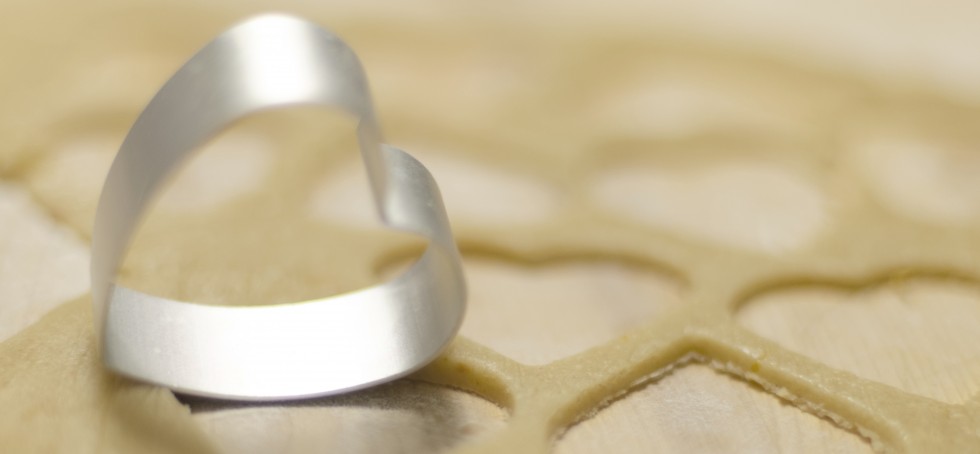
I made these traditional mooncakes two years ago with a 63g mooncake mold. I’m posting this again with the ingredients for a 75g mold. Please plan ahead of time as (i) the paste needs to be made and refrigerated (or you can buy the paste from a store), and (ii) the skin normally needs to rest for 2 days after baking to get the best texture, called “回油” in Chinese. If you have a sweet tooth, you may want to increase the sugar amount as my recipe is a healthier version – less sugar and less oil.

Ingredients for Lotus Paste (yield: 17 pieces – 23g each paste ball):
| 400g | Lotus seeds |
| 240g | Sugar |
| 200ml | Grape seed oil/Olive oil |
| 2 Tbsps | Honey |
| 2 Tbsps | Condense milk |
| 1/4 tsp | Salt |
Directions for making the lotus paste are in my previous mooncake recipe here.
Ingredients for making the dough: (yield: 17 mooncakes – 52g each dough ball)
| 200g | All purpose flour |
| 140g | Golden Syrup (recipe courtesy of Christine Ho – here) |
| 1 tsp | Alkaline water |
| 50g/ml | Grape seed oil |
| Fillings: | |
| 900g | Lotus Paste |
| 9 | Salted Egg Yolks |
| 1 Tbsp | Rose-flavored cooking wine (玫瑰露酒) |
| 1 | Egg (for egg wash) |
Directions: (The dough/filling ratio is 3:7)
- Mix salted egg yolks with wine. Wipe dry the yolks with kitchen paper after a few minutes. Cut each into two halves. Set aside. (Note: if you don’t want to use cooking wine, you can use salt water to rinse the egg yolks to remove the excess egg whites).
- Place golden syrup in a bowl. Add in alkaline water, stir to combine. Add in oil and mix well.
- Add flour into the syrup mixture and combine well. Gently knead the dough till smooth (takes 1~2 mins). Shape it into a round ball and wrap with cling wrap. Leave it in the fridge to rest for at least 2 hours or overnight.
- Before making mooncakes, bring the dough to room temperature for 30 mins. Divide dough into 17 equal portions, each weighs 23g. Roll each portion into a ball shape. Divide lotus paste into 17 equal portions as well, each weighs 52g, the salted egg yolks are roughly 5g each half. (Pictures 1-3)
- Take a lotus paste ball and poke a hole in the middle with your finger. Place egg yolk inside. (Picture 4).
- Flatten each dough into a small disc with a rolling pin. The dough is sticky, I suggest putting a piece of cling wrap on top and roll it out. (Picture 5)
- Wrap the dough around the filling and shape it into a ball. (Picture 6)
- Lightly dust the stuffed dough with some flour and lightly dust the mold. Place the stuffed dough into the mooncake mold. Tip: When wrapping the filling, the dough is thicker on the closing end, the thicker side of the dough should go into the mold first as you will get the pattern pressed on this side. (Picture 7)
- Press the handle, then remove the mooncake from the mold. Dust off any excess flour with a brush. (Pictures 8-9)
- Line the baking sheet with parchment paper and place mooncakes on top.
- Preheat oven to 350F. Prepare the egg wash by whisking the egg, sift through a fine sieve.
- Lightly spray some water on the mooncakes. (Note: this step prevents the mooncakes from cracking during baking.) (Picture 10)
- Position the rack in the upper third of the oven and bake for 10 mins. Remove from oven and leave to cool for 15mins (Note: this step helps stabilizing the pattern on top).
- After 15 minutes, brush the top with very little egg wash (Note: too much egg wash, the pattern will disappear after baking). Return to oven and change the oven temperature to 325F and continue to bake for another 25-30 mins. (Picture 11)
- After baking, the skin doesn’t have the shiny look (picture 12). Leave mooncakes to cool completely and store in air tight containers. Wait for 2 days before serving, the skin will become soft and shiny, called “回油” in Chinese.

This is the clear pattern before baking.

I ordered this customized mooncake mold in Hong Kong. The disk can be removed for easy cleaning. I personally do not like anything bigger than 75g or smaller than 63g. However, you may like the 100g as it’s easier to work with.

I also bought these containers and bags in Hong Kong. They look nice and neat when giving them as a gift.
